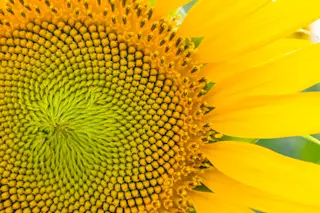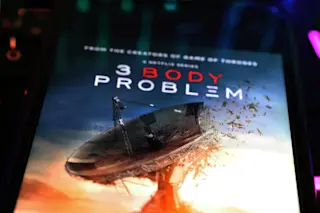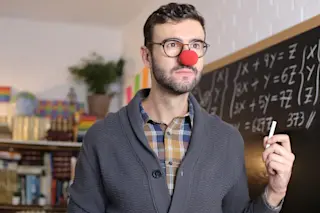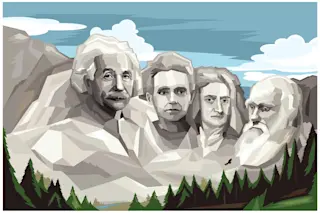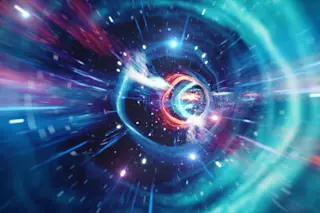Two or three times a week, while a life hangs in the balance, James Brophy makes a quick decision. Brophy is a cardiologist at Centre Hospitalier de Verdun, in suburban Montreal, which treats about 300 heart attack victims a year. As they arrive, Brophy orders roughly half of them-- the ones who made it to the hospital quickly enough--to be injected with one of two clot-busting drugs, streptokinase or tissue plasminogen activator (t-PA). All cardiologists agree that both drugs work well: more than 90 percent of all patients who receive either medication survive. Where they disagree is on the question of which of the drugs they should use. To be sure, thick reports convey the results of clinical trials designed to test the relative merits of the two drugs. But unfortunately the meaning of the data is confusing.
Like every other cardiologist--and, most certainly, like every patient--Brophy would like to ...



